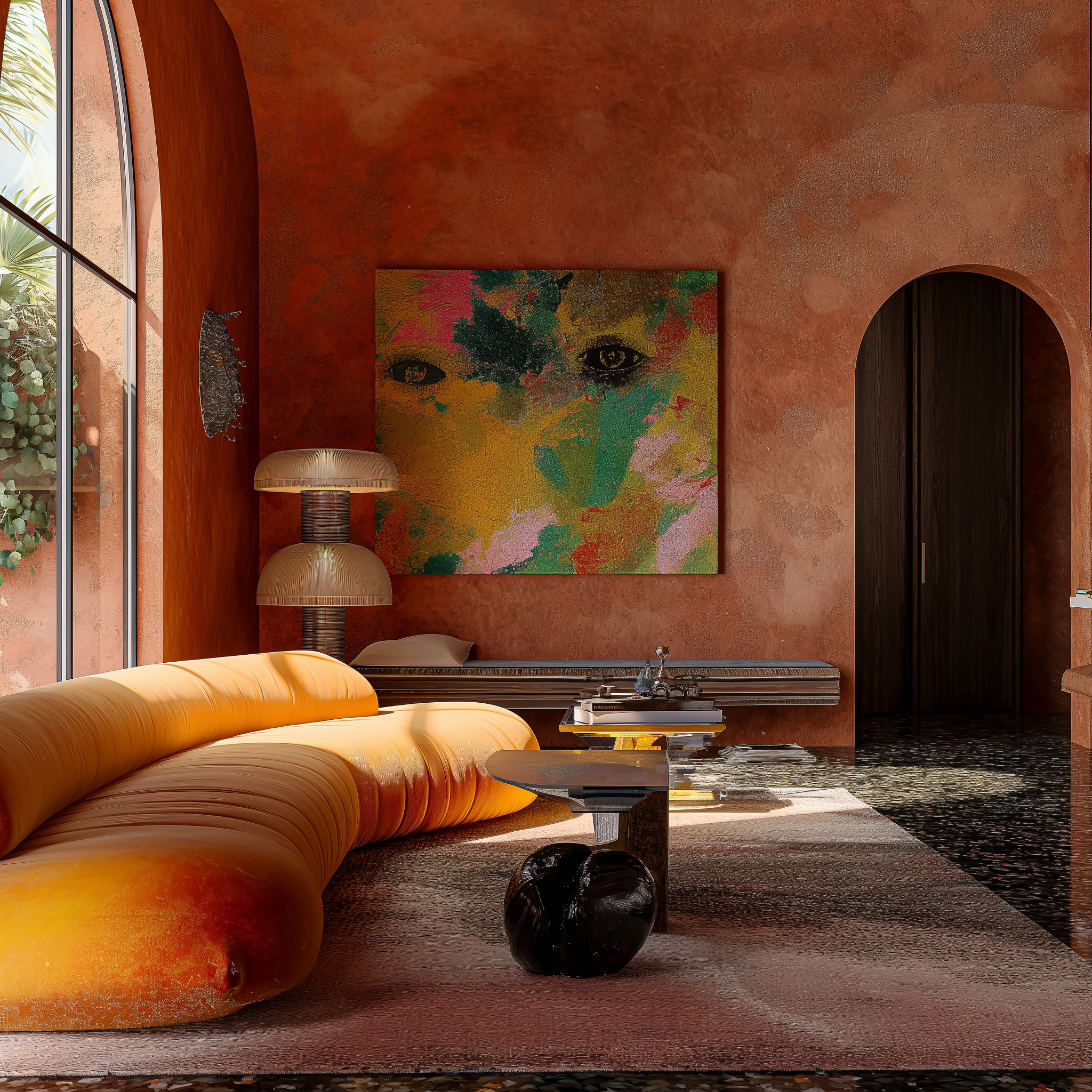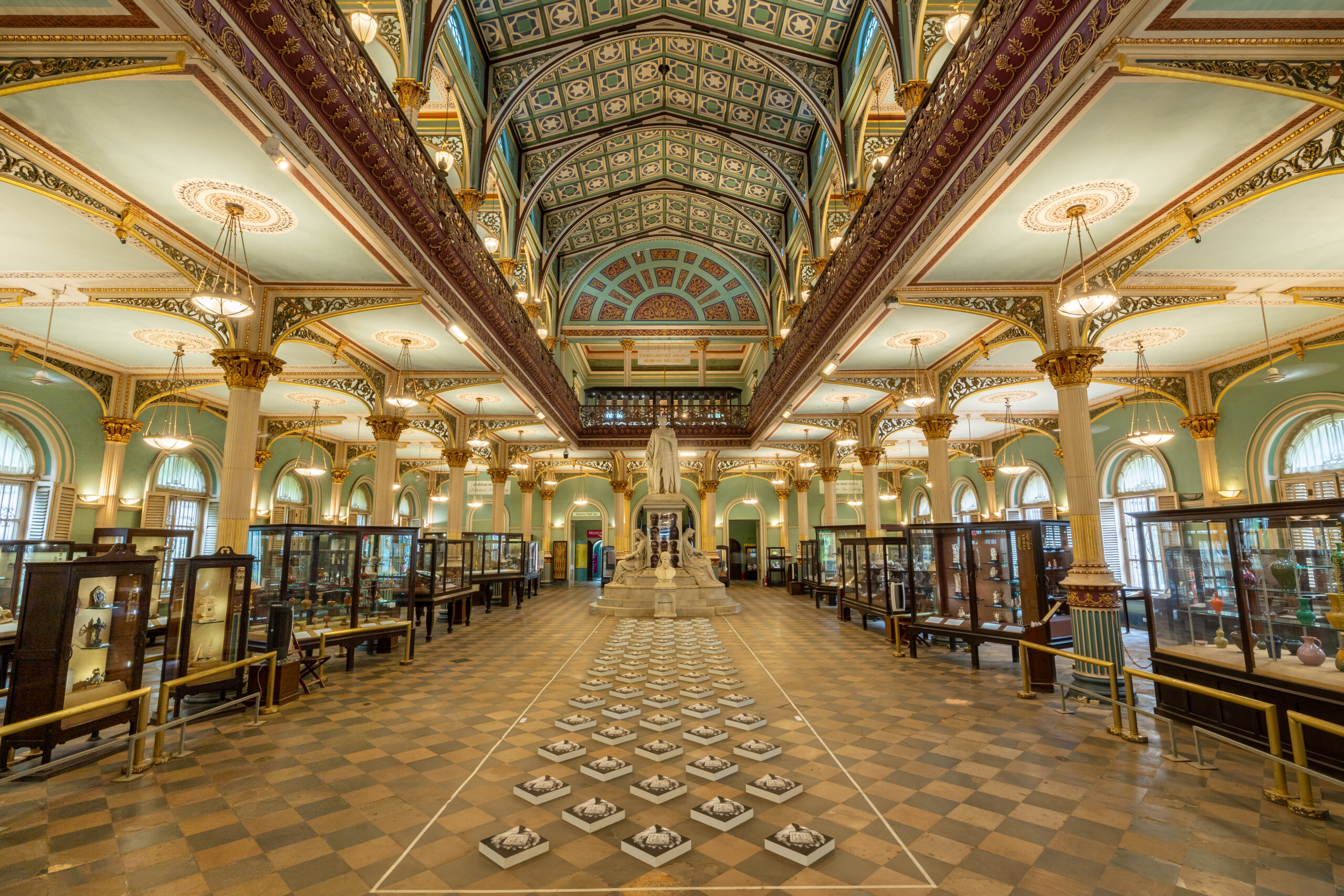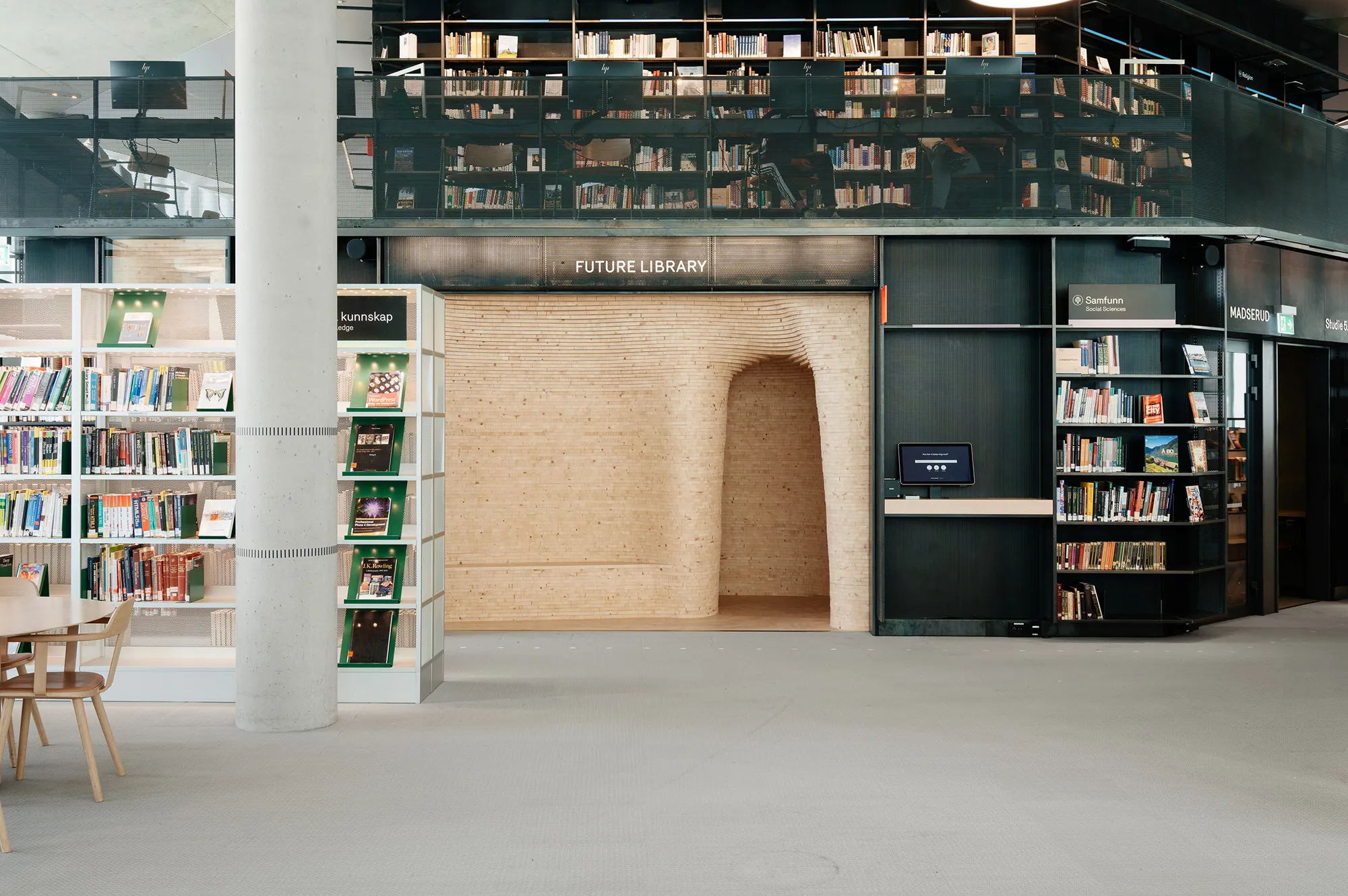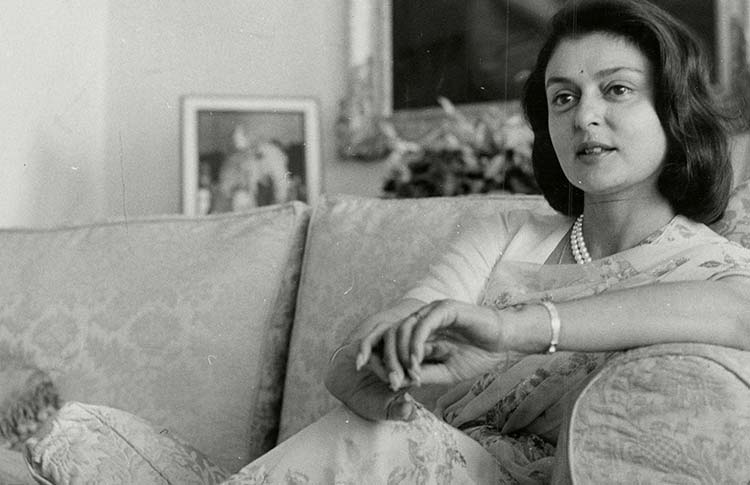Personalised eclecticism is a design approach that marries elements from various styles and eras to craft a space that reflects your unique personality and interests. It includes a kaleidoscope of various design elements, periods, textures, colours, and patterns. All of these details come together, resulting in a harmonious yet arresting visual narrative that exhibits the homeowner’s character and preferences. This well-loved design aesthetic encourages mixing and matching different styles to create a visually striking and personalised environment.
This distinctive design style is about curating a collection of pieces you love, regardless of whether they traditionally belong together, and arranging them in a way that feels warm and welcoming. The challenge with personalised eclecticism lies in creating a cohesive home that displays your individuality while balancing a mix of styles and eras. Svasa Life sat down with Indian interior designers to understand and detail how individuals can incorporate this design aesthetic into their abodes, here is their best advice.
The art of weaving your own story is what personalised eclecticism is all about. It involves crafting a home that showcases your character and interests. Whether it’s mixing vintage and modern pieces, combining different patterns and textures, or incorporating sentimental items, personalised eclecticism allows you to create a unique living space. Personalised eclecticism features character-filled havens that whisper your individual story.
“Personalised eclecticism is about breaking the rules and following your intuition to create a home that feels authentic to you. For instance, in the living room of one of our projects, a large artwork, which lends a burst of colour, was the starting point for adding vibrant tones to the home. Its exaggerated length also filled up what would otherwise be an empty wall running up a double-height ceiling. The warmth from this painting basks the entire room, which is complemented by veneer panelling across the adjacent wall and ceiling, and sinuous colour-blocked lines on the console. For focal balance, monochrome patterns, such as herringbone upholstery on the settee, and a black-and-white resin inlay dining table—add a polished refinement to the space,” mentions Aanchhal Bhuwalka, founder and principal designer of AB Design.
Detailed outtakes of textures and patterns from AB Design
In regards to personalised eclecticism, less is not more. While conceptualising the interiors of your home, play around and combine various patterns and textures, such as a floral sofa with an abstract rug or a bold-hued armchair with a striped throw.
“A bedroom space designed by us is a vibrant blend of personal touches and eclectic design elements that create a unique and dynamic space. Personalised eclecticism is evident in using a bold, multi-coloured feature wall that adds a dramatic burst of colour and pattern. The furniture choice also contributes to this eclectic vibe, which features a mix of styles. The classic tufted sofa works well with a modern wooden coffee table set, while a canopy bed adds a touch of traditional elegance. Textures are layered through various fabrics in the furnishings, the area rug, and accent pillows, all of which bring depth and warmth to the room. Additionally, the use of colourful glass in the windows, sunburst mirrors on the wall, an antique floor lamp and handcrafted crochet hanging light infuse the room with personality. These elements and the striking feature wall encapsulate a spirit of individualism and luxury while maintaining a harmonious balance within the space,” adds Dipttii Khanna, principal designer of Dipttii Khanna Designs.
Personalised eclecticism in interior design celebrates individuality and diverse tastes by curating a space with a mix of unique artworks and artefacts. For instance, a minimalist contemporary sofa can look lovely paired with a vintage rug, or a rustic farmhouse coffee table can be complemented by modern light fixtures.
“Begin by assembling a varied collection of paintings, sculptures, ceramics, textiles, and other decorative items that resonate with you. Integrate a blend of styles and mediums, combining contemporary pieces with vintage discoveries and abstract artworks with traditional crafts to generate visual interest and cohesion. Experiment with placement to establish focal points and encourage visual flow, hang artwork at different heights, lay objects on shelves and tables, and construct vignettes that guide the eye around the room. Embrace imperfection and appreciate the beauty of eclectic combinations, integrating high-end items with second-hand treasures to inject depth and character into your space. Throughout, remain faithful to your aesthetic preferences, ensuring that the overall look reflects your style, whether you favour a bohemian atmosphere, a minimalist approach, or a vibrant explosion of colour,” states Rachna Agarwal, founder and design ideator of Studio IAAD.
Brass staircase details with elements of colour blocking accents
Moreover, personalised eclecticism includes spaces that tell a story about their residents. While crafting your interiors, include furniture and decor accessories that have meaning, such as heirlooms, vintage finds, or artwork one admires.
“Accessorising in personalised eclecticism involves displaying a curated collection of artworks, artefacts, and decor items that reflect your interests, travels, and style. Blend vintage finds with contemporary accents, incorporating elements like artwork, sculptures, candles, and books that lend character to your home. Embrace the opportunity to showcase unique pieces that hold sentimental value or tell a story, arranging them thoughtfully throughout the room to create visual interest. Finally, pay attention to scale, proportion, and balance when arranging accessories, and don’t be afraid to experiment with placement until you achieve a harmonious look,” says Sarabjit Singh, founder and architectural designer at Villa Ortiga.
Personalised eclecticism is about crafting spaces tailored to individual needs, which foster introspection. Material selection is another key element in crafting a space that feels curated, meaningful, and reflective of one’s style. For example, you can showcase an interplay of metals, as materials like brass, chrome, and nickel can coexist beautifully. Furthermore, you can use colours and textures to create a balanced and visually pleasing home.
Spaces dominated by abstract artwork and shadow play
“Personalised eclecticism emphasises the importance of crafting a space that tells your unique story, ensuring your home does not fall into visual clutter or fleeting trends. Experiment with elements such as brushed brass hardware on a vintage dresser or polished chrome lighting fixtures on brass-accented wainscot walls to achieve a sense of continuity despite the contrasting finishes. Overlaying diverse textures adds depth and intrigue to the space. Juxtapose the smooth elegance of marble countertops with plush, textured rugs, or introduce woven baskets for a touch of rustic charm to complement sleek metal accents. Integrate your heritage or cultural background into the material palette, like using natural cane-weaved furniture, adding a layer of personal narrative. Incorporate classic elements such as wood, marble, or stone into your eclectic mix to instil a sense of balance,” concludes Rahul Mistri, founder and principal designer at Open Atelier Mumbai.
The key to incorporating personalised eclecticism in your home interiors is to express yourself freely. Incorporate different furnishings, decor pieces, and artworks to find what works best for you and your lifestyle. This curation of expert tips offers a roadmap to craft homes that are aesthetically striking and deeply meaningful. How an individual interprets them is completely up to them, and that’s what personalised eclecticism is all about!
Words by Pallavi Mehra.
Featured Image by Tanya Chaturvedi, an assortment of Gravel Chair by Philipp Aduatz, Frankie Tiger Rug, Swayam Hand Candle Holder by Ashiesh Shah, Winfrey Gold Brass Light and Colour block by Kit Kemp.











